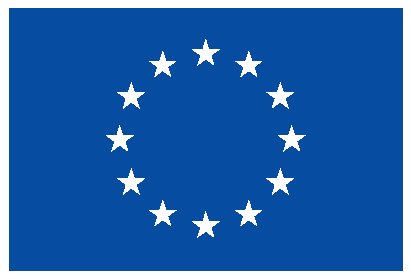Classification of goat genetic resources using morphological traits. Comparison of machine learning techniques with linear discriminant analysis
Hits: 7296
- Research areas:
- Year:
- 2015
- Type of Publication:
- Article
- Authors:
-
- Rodero, E.
- González, A.
- Dorado-Moreno, Manuel
- Luque, M.
- Hervás-Martínez, César
- Journal:
- Livestock Science
- BibTex:
- Note:
- JCR(2015): 1.293 Position: 17/58 (Q2) Category: AGRICULTURE, DAIRY & ANIMAL SCIENCE
- Abstract:
- The aim of this study was to provide effective solutions for the nominal classification of twelve Spanish goat breeds using nine morphological traits and considering their aptitude (meat, dual purpose and milk). Different statistical and artificial intelligence algorithms were used to compare our hierarchical methodology with a representative of each Machine-Learning typology and several common statistical methods. The most appropriate tool to solve problems of classification, by considering the aptitude, would be the k-Nearest Neighbours used in a hierarchical model. For the first level of this hierarchy, the study was conducted using a 1-Nearest Neighbour classification of individuals by aptitude, and on the second level, the breeds were analysed again using three new 1-Nearest Neighbour classifiers, one for each aptitude. The results obtained improved the accuracy rates for assigning individuals to breed, compared with those usually employed using Linear Discriminant Analysis methodologies. Only 78% correct classification rate (Minimum Sensitivity=19%) was obtain with the Linear Discriminant Analysis, but this result increased to 89.18% with a 1-Nearest Neighbour+1-Nearest Neighbour (1NN+1NN). Hierarchical methodology, thus increasing the classification rate (Minimum Sensitivity=37.08%). Furthermore, the percentage of correct classification was 83.48% (Minimum Sensitivity=35.08%) with 1-Nearest Neighbour+Multi-Layer Perceptron, that justifies the use of hierarchical models. The new second level model (1NN+1NN) permit 100% of goats successful classified in Pirenaica, Retinta and Malagueña breeds, each of these belongs to a different aptitude. The improve of classification obtained of the majority of the breeds with the application of the hierarchical method, suggested that defining firstly the aptitude class, the unique and distinctive characteristics of the breed are identified more clearly.
- Comments:
- JCR(2015): 1.293 Position: 17/58 (Q2) Category: AGRICULTURE, DAIRY & ANIMAL SCIENCE







